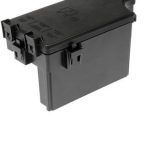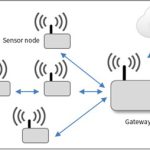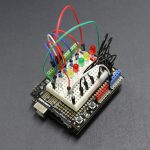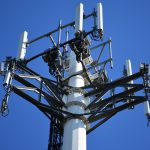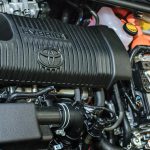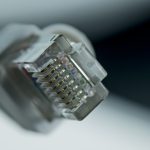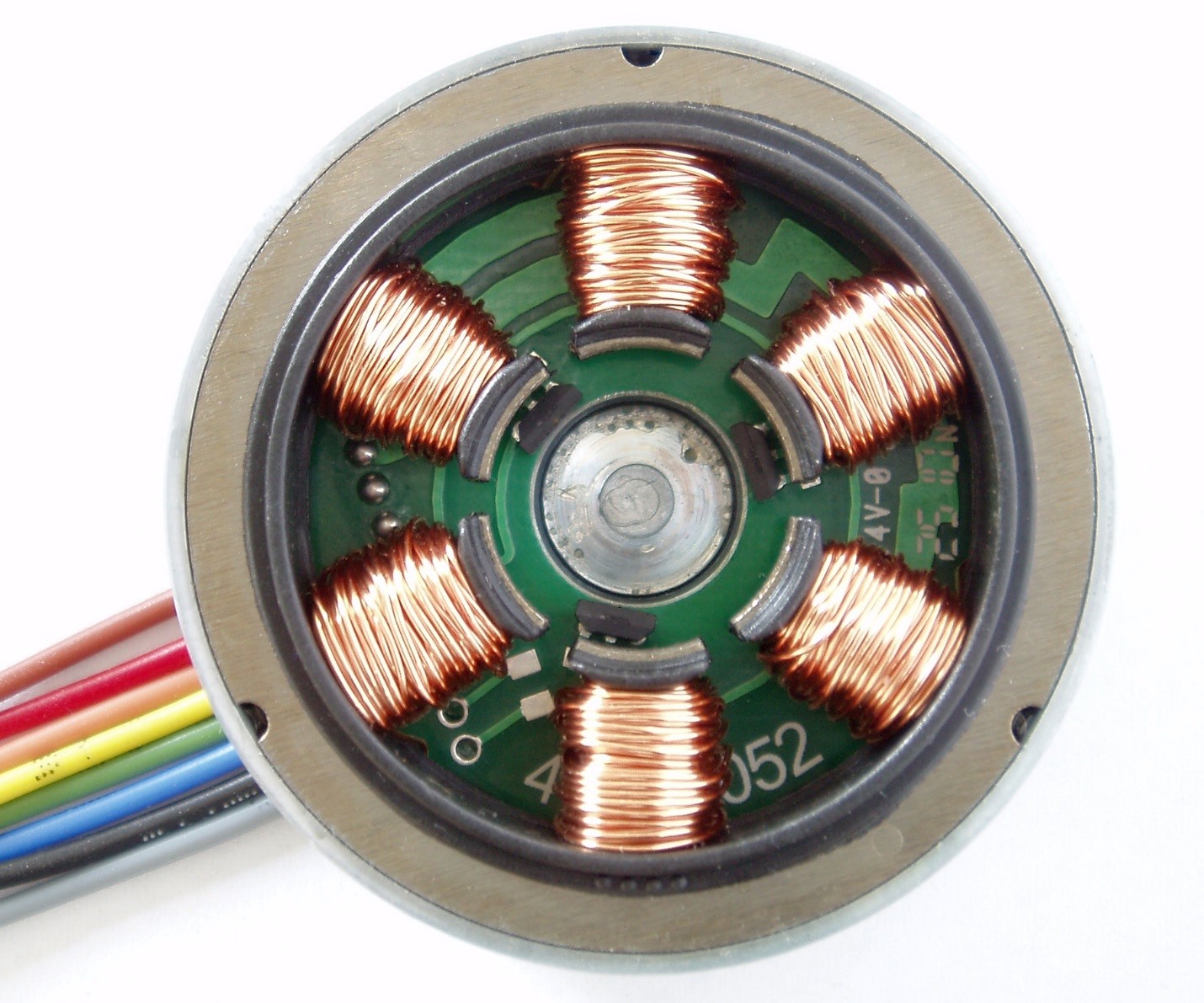
The rise of brushless motors
Brushless DC motors have become commonplace in consumer electronics lately. They are found in vacuum cleaners, refrigerators, cooling fans and washing machines among many other types of equipment. Brushless motors are motors are a type of motors that rely on electronic controlled commutation as opposed to brushes. Their rotor is made up of a permanent magnet while their stator is made up of poly phase armature windings. Though invented in the 19th century, it wasn’t until 1962 that brushless DC motors became commercially viable.
Types of brushless DC motors
Brushless DC motors are categorized according to their structure. They are categorized by how the magnets are placed on the rotor. There are two types,
- Surface permanent Magnet- In this type of motor, the permanent magnet is fixed on the outside of the rotor hence the magnetic permeability is constant in all positions. In this type of arrangement, the magnets act as insulation and
- Interior permanent magnet- The permanent magnet is fixed inside the rotor. This way, magnetic permeability varies with a change in position hence reluctance torque can be used.
You May Also Like This : “BRUSHLESS MOTORS- OPERATION, CONTROL AND APPLICATION“
How brushless motors work
Brushless DC motors are made up of three distinct parts; the computer/ electronic drive, electromagnets, and permanent magnets. To generate motion, the magnetic field generated by permanent magnets interact with the magnetic field induced in the electromagnets by current passing through the stator to create mechanical torque. The computer or rather electronic switching circuit switches the supply to the stator in order to maintain a constant angle of 0 to 90 degrees between the two fields. Hall sensors are used to sense the position of the rotor based on the either North pole or the South Pole. Hall sensors are either mounted on the stator or on the rotor and generate a high or low signal. The windings are energized based on the combination of the generated signals. To maintain the motion and keep the motor running, the magnetic field induced in the windings should shift position as the motor moves in order to keep up with the stator field.
The brushless DC motors can be controlled using a dedicated microcontroller, a PLC unit, hard-wired microelectronic unit or any other similar unit. These controls enable one to implement complex controls like vector control, high-speed control and field oriented control. Analog controllers could also be used but it is important to note that they do not process feedback.
Advantages of Brushless motors
- Brushless motors have low friction during operation since they do not have brushes. Owing to reduced friction the heat produced is less hence the motor lasts longer.
- Owing to the absence of mechanical contact, the wear and tear are minimal which profoundly improves power transfer and electrical efficiency leading to increased performance.
- The battery life also improves due to efficiency exhibited by brushless motors
- Unlike in motors with brushes, there is no sparking in brushless motors.
- Owing to the location of the stator, the heat dissipation in brushless motors is better.








